Nine long-haired cat breeds as gorgeous as they are fluffy
Long-haired cat breeds are among the most beautiful – here are nine magnificent moggies you’ll love to admire
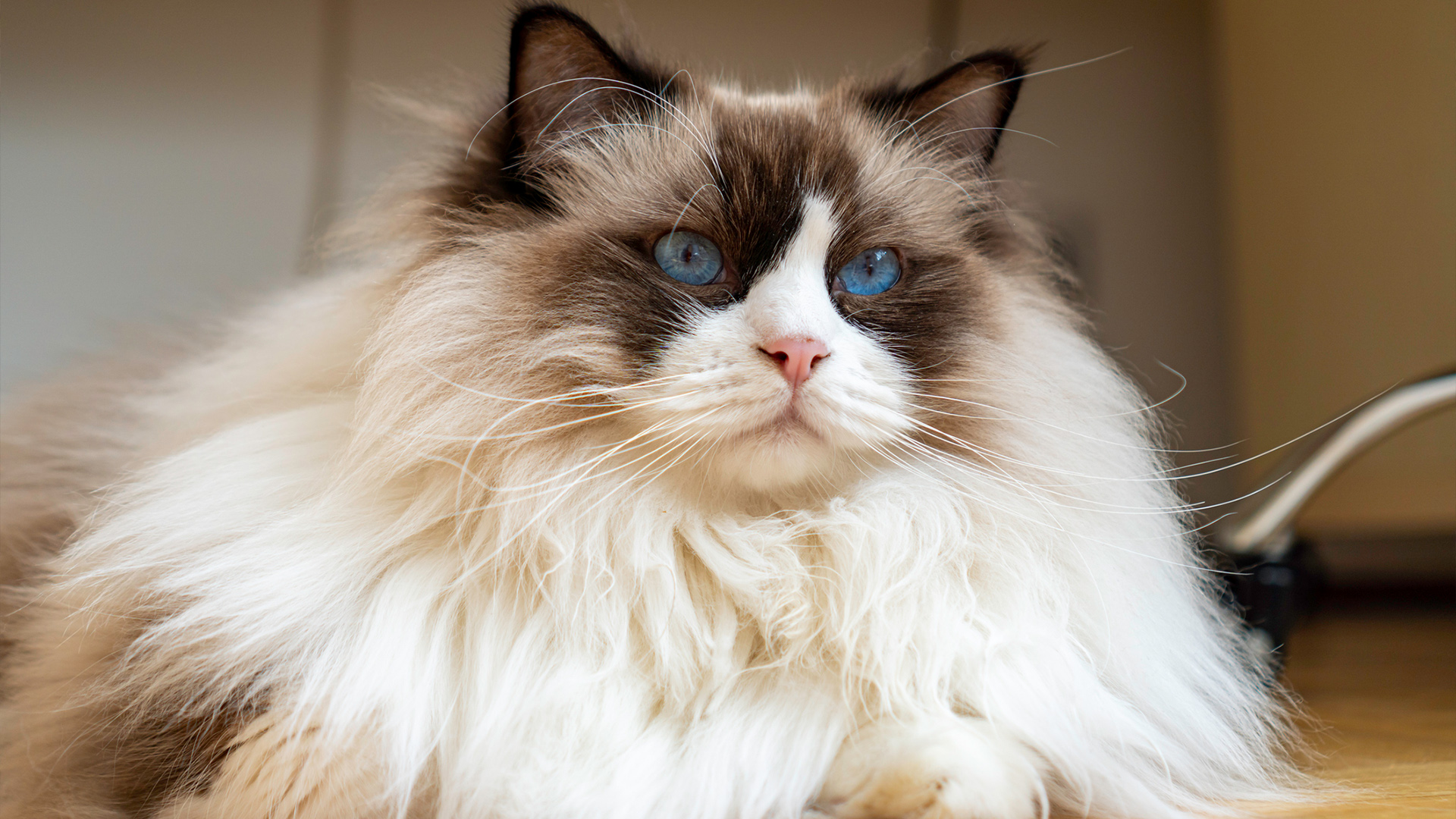
Cats come in all shapes and sizes and the length of their hair can vary too. There are many long-haired cat breeds – in fact, the American Cat Association lists 57!
Cats are normally very good at self-grooming and fastidious about cleanliness. Long-haired cat breeds will require a more regular helping paw from their human companions, though, to keep them looking smart.
Regular grooming is important for health reasons and to help create a bond – if you want to take one home, you’ll want to arm yourself with one of the best cat brushes!
If you’ve lost your heart to these fluffy felines, we can understand why. Here are nine of the most common long-haired cat breeds.
Nine stunning long-haired cat breeds
1. Maine Coon
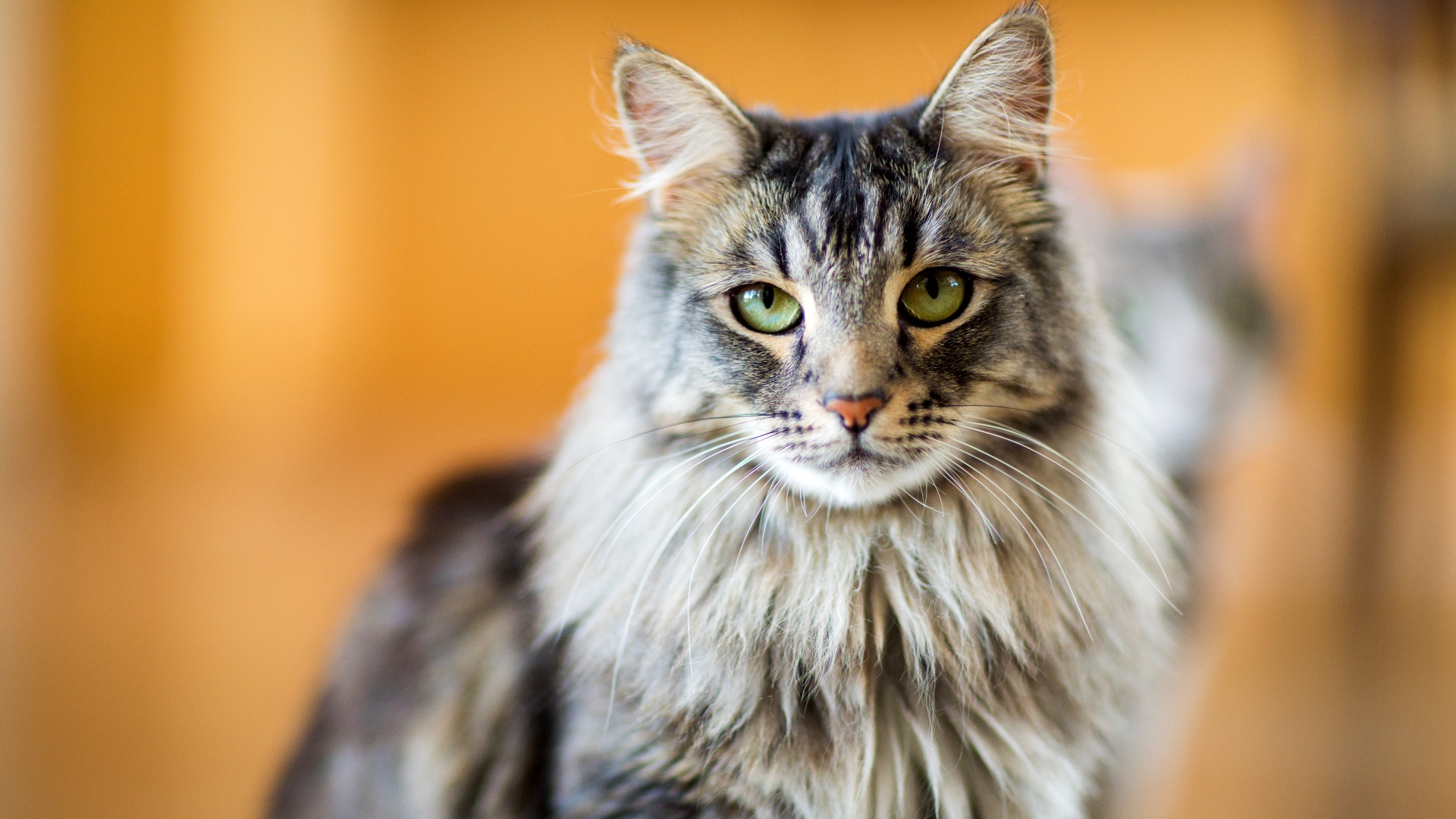
Purebred Maine Coons only come in a long-haired variety, although you may find mixed breed Maines with shorter hair. They’re one of the largest cat breeds in the world, weighing up to 18 pounds, and those fluffy coats make them look even bigger. They tend to have gentle, sociable personalities and finely-honed hunting skills.
2. Norwegian Forest Cat
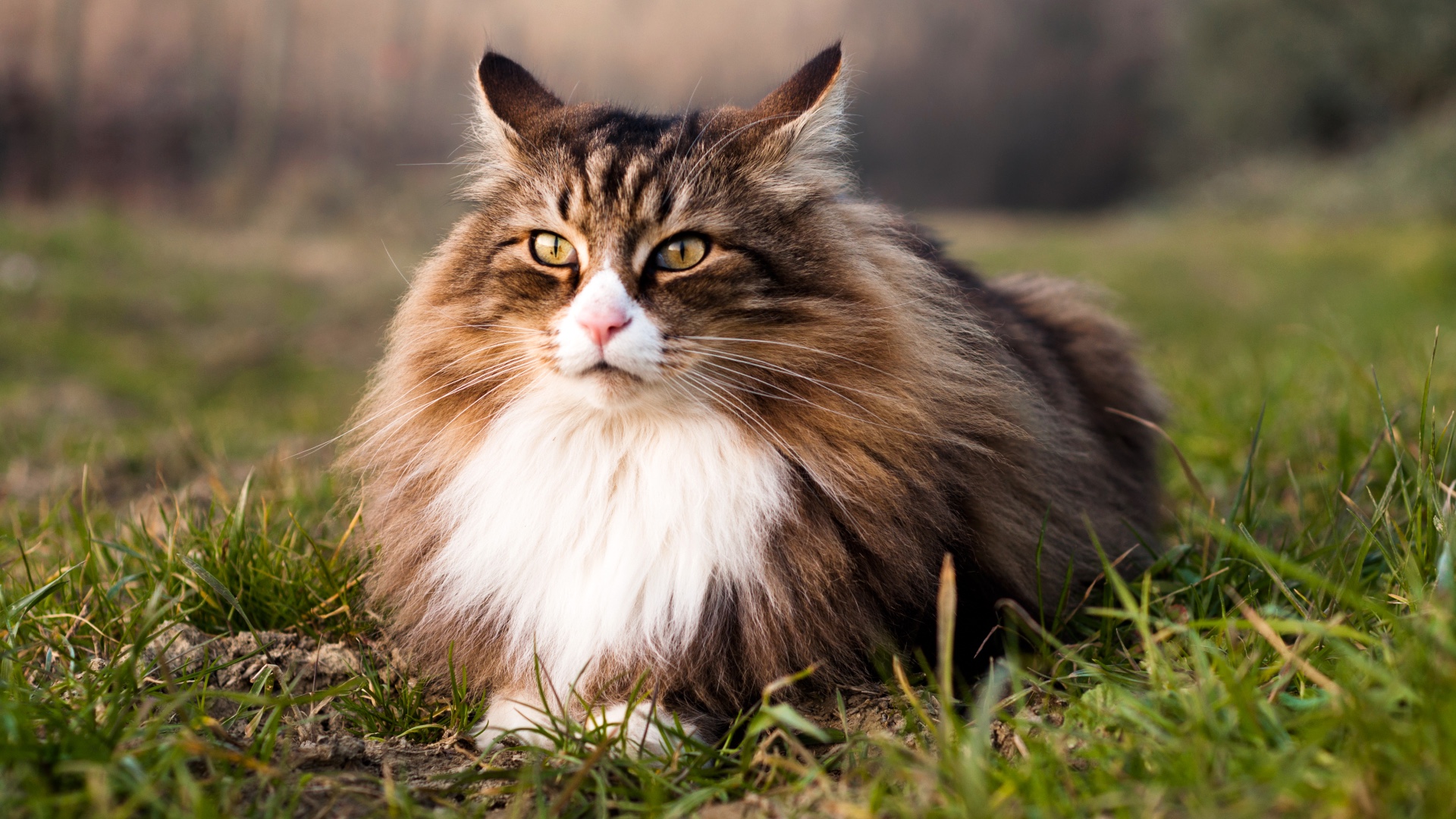
As you may expect from a breed native to Scandinavian, the ‘Wegie’ has a very thick, warm coat. In fact, they have double coats – an inner one of short, dense hair and an outer one of long, silky hair. They may need a little extra grooming during periods of excess shedding. It might be worth boning up on how to prevent and treat matted cat fur and how to prevent hairballs in cats!
3. Turkish Angora
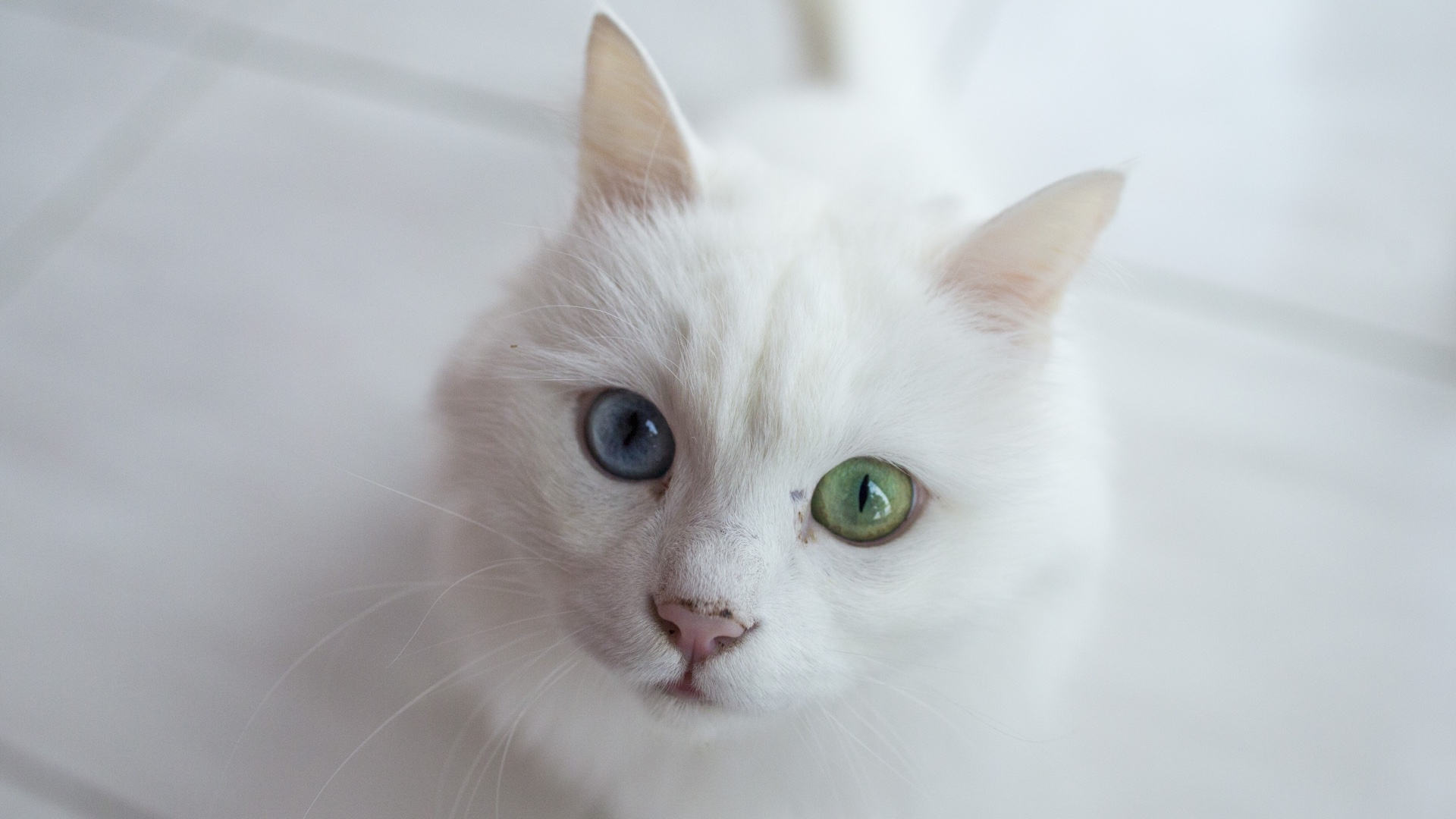
Believed to be the oldest longhair breed in Europe, the Angora is a friendly, sweet-natured kitty with a huge fluffy tail. This breed have a tendency to have heterochromia, a harmless genetic mutation which results in different colored eyes.
Get the best advice, tips and top tech for your beloved Pets
4. American Longhair Curl
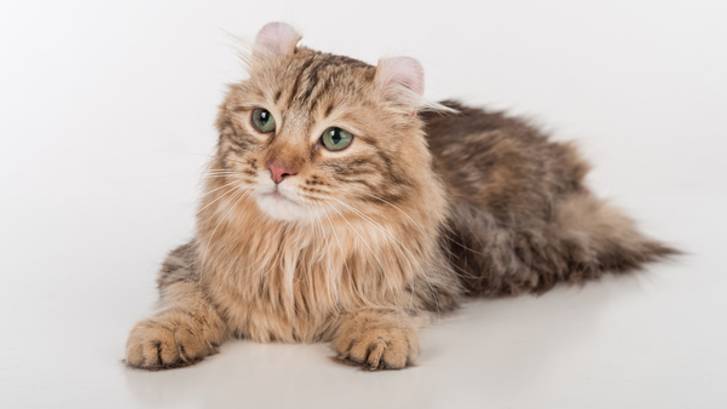
American Curls have an unusual characteristic: their ears curl back from their faces, giving them a very appealing, innocent look. This breed can be traced back to a single stray called Shulamith in Lakeland, California, and tends not to suffer from the genetic problems that can affect other pure breeds.
5. Persian
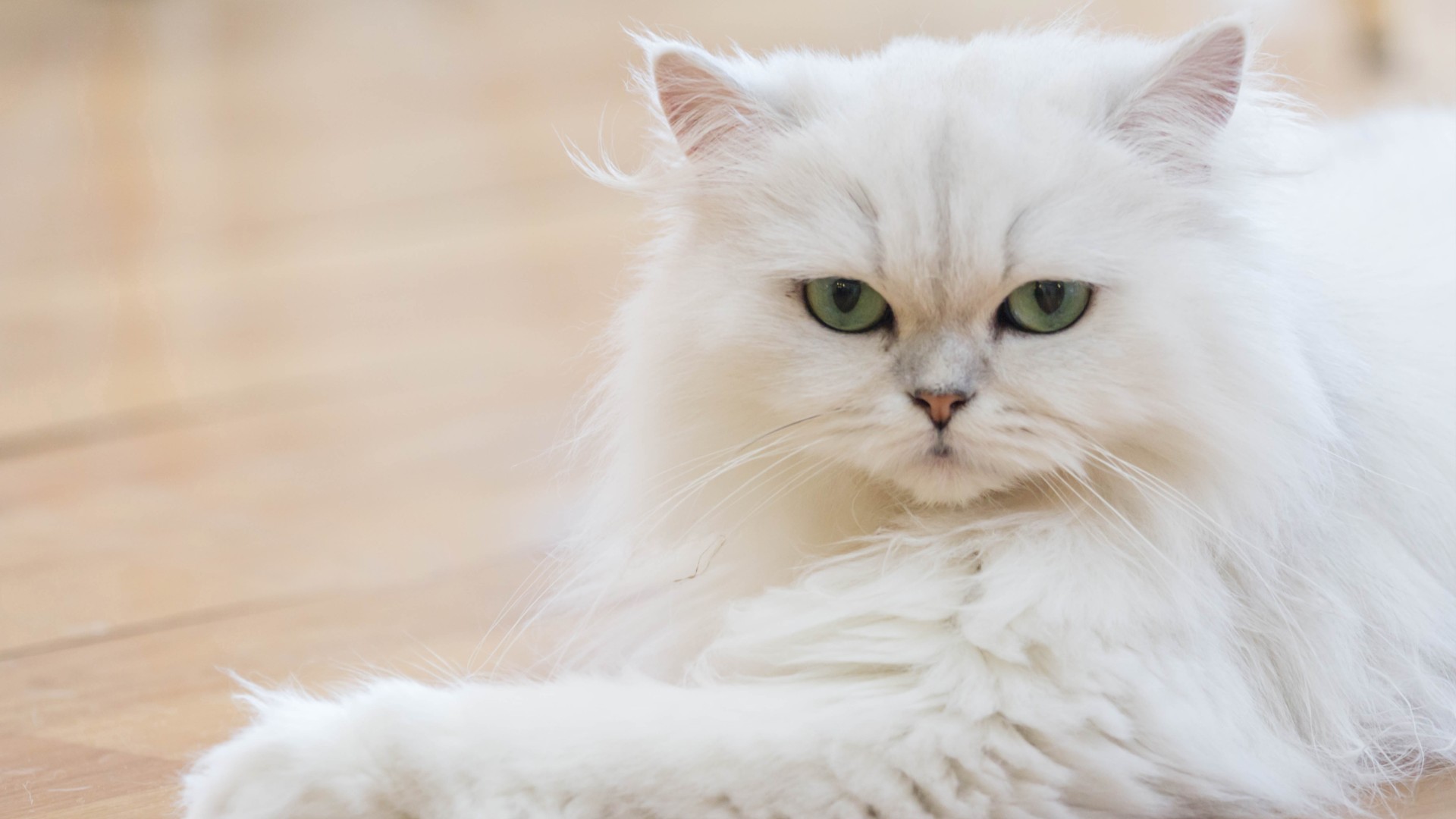
Probably the best known of all long-haired cat breeds thanks to a starring role as Blofeld’s sidekick in the Bond movies, Persians are laidback and friendly. Their beautiful coats can grow up to eight inches long!
These flat-faced cats can struggle to groom themselves effectively – you may need to add several types of cat brushes to your armory for different purposes. Although the answer to do cats need baths is usually no, a Persian may need the help of the best cat shampoo if their coats get particularly soiled.
6. Ragdoll
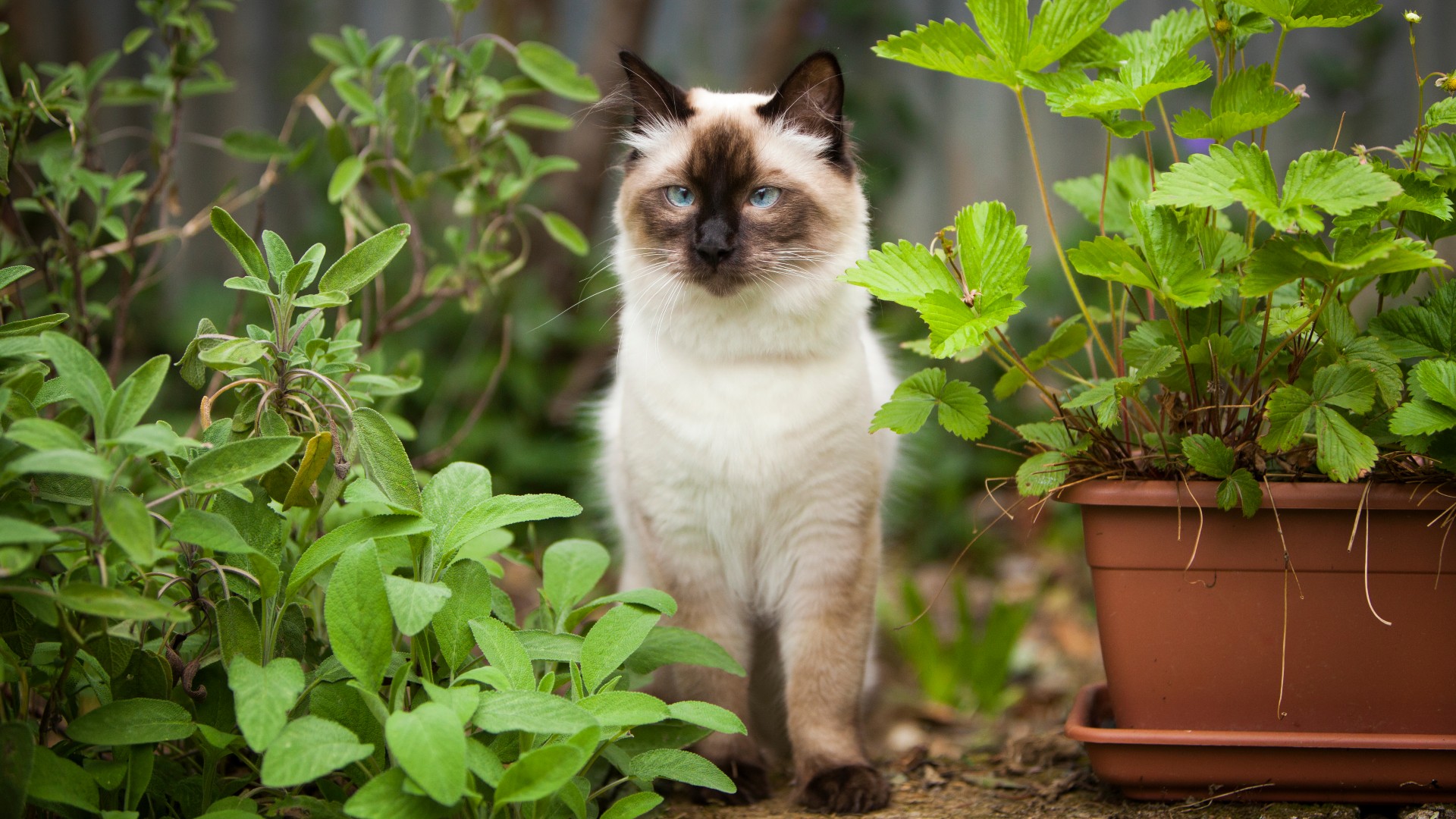
Named for their tendency to go limp and floppy when picked up, the Ragdoll has medium to long hair. Unlike some other breeds they love to be handled and are very sweet natured – in most cases, you won’t need to worry about grooming aggressive cats where the Ragdoll is concerned.
7. Domestic Long Hair
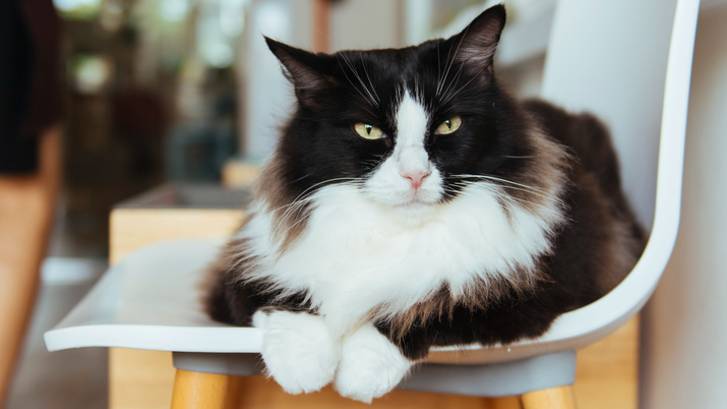
Domestic long-haired cats are less of a long-haired cat breed, and more of a type. They’re named for their hairstyle rather than their ancestry and may be a mix of several breeds.
They’re very popular – in fact, they’re the second most popular breed in the US after the domestic short hair. That mixed breeding helps to keep them healthy, as they’re not prone to some of the genetic problems of purebreds.
8. Birman
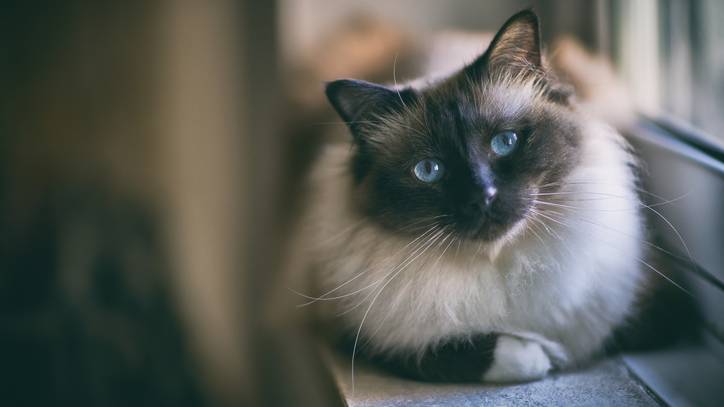
These stunning-looking cats come in several variations of color but always have four white mittens and blue eyes. Their ancestry is unknown, but they’re believed to be related to both Burmese and Siamese.
9. American Bobtail
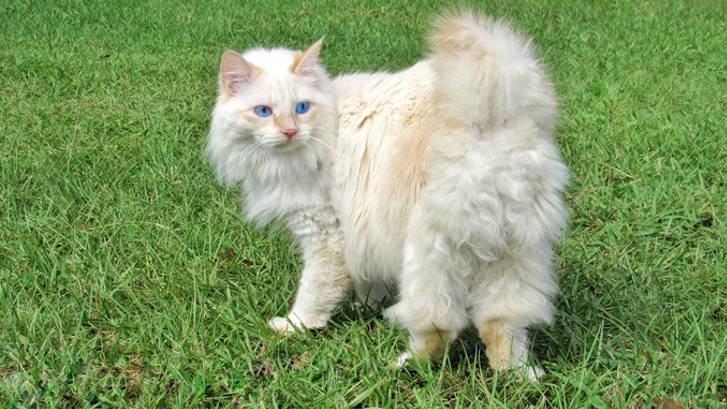
As the name suggests, Bobtails have short tails and long hair. They’re popularly regarded as the result of a cross between a wild bobcat and a domestic cat, but it’s more likely that their short tail is the result of a gene similar to that of the Manx.
Wondering ‘how often should I brush my cat?’ Read our vet's guide to brushing long-haired cats to find out more

Bethany is an experienced writer who has been writing across the pets and equestrian sector for eight years.
Sara is a freelance journalist and copywriter of many years’ experience with a lifelong love of animals. She’s written for a range of magazines and websites on subjects varying from pet care to travel. A horse rider since the age of five, she’s currently a full time pet slave to horse Blue and gorgeous, goofy English Springer Spaniel Olly. Adorable Olly has a huge sense of adventure and no sense of direction, keeping Sara on her toes.
- Bethany StoneFreelance Writer

